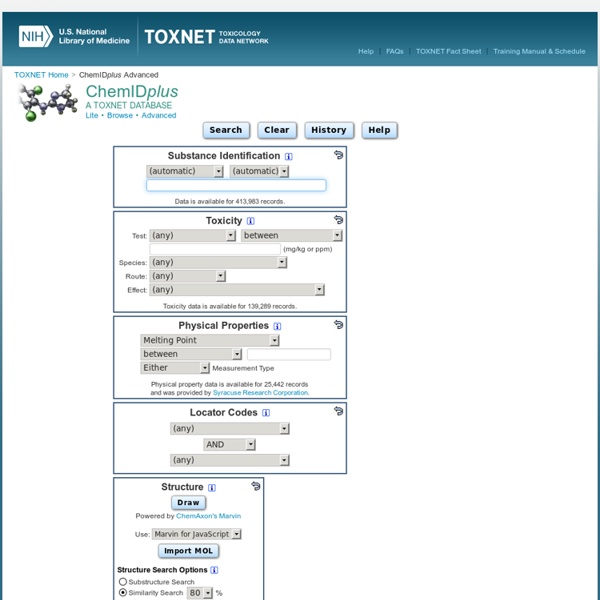



untitled Quick Details ProName: Panthenyl ethyl etherCasNo: 667-83-4LimitNum: 0 Superiority D-Panthenyl Ethyl Ether Popular Name: Provitamin B5 ; D-Panthenyl alcohol ; D-Panthenol ; Dexpanthenol INCI Name: Panthenyl Ethyl Ether/Ethyl… Details D-Panthenyl Ethyl Ether Popular Name: Provitamin B5 ; D-Panthenyl alcohol ; D-Panthenol ; Dexpanthenol INCI Name: Panthenyl Ethyl Ether/Ethyl Panthenol Molecular Formula: C11H13NO4 Molecular Weight: 233.31 CAS NO.: 667-83-4 Structural Formula: Appearance and Character: D-Panthenyl Ethyl Ether is a yellowish or colorless, clear, slightly viscous liquid. Periodic Table of the Elements by WebElements DailyMed DailyMed provides high quality information about marketed drugs. Drug labeling on this Web site is the most recent submitted to the Food and Drug Administration (FDA) and currently in use; it may include, for example, strengthened warnings undergoing FDA review or minor editorial changes. These labels have been reformatted to make them easier to read. About DailyMed DailyMed provides high quality information about marketed drugs. Drug labeling and other information in the SPL is what has been most recently submitted by drug companies to the Food and Drug Administration (FDA) as drug listing information (See 21 CFR part 207). Other information about drugs may also be available.
Radon Home Page | Indoor Air | US Environmental Protection Agency Radon Standards of Practice Learn how the radon standards benefit your work, proposals, call for bids, etc. Listen to or read this webinar for the latest information on radon industry standards of practice available through American Association of Radon Scientists and Technologists (AARST) .Gary Hodgden, Chair of the Executive Stakeholder Committee for the AARST Consortium on National Radon Standards, Melinda Ronca-Battista, Health Physicist currently at Northern Arizona University in the Institute for Tribal Environmental Programs, and Jani Palmer, Scientist at EPA, Office of Air present this webinar. Radon Leaders Saving Lives Leaders from The Conference of Radiation Control Program Directors, Inc. Driving Radon Action and Awareness at the Federal Level Mr. Managing Radon in Schools (PDF, 3 pp, 391K) As part of an effective IAQ management program, schools should test for radon to know if radon levels are elevated — and if so, reduce risks to occupants through radon mitigation.
ChemCollective MyMedicationList A Citizen's Guide to Radon | Radon | US Environmental Protection Agency The Guide to Protecting Yourself and Your Family From Radon U.S. EPA/OAR/IED (6609J) EPA 402-K-12-002, May 2012 [Please note, the Spanish version of the Citizen's Guide has not been updated. EPA Recommends Test your home for radon — it's easy and inexpensive.Fix your home if your radon level is 4 picocuries per liter, or pCi/L, or higher.Radon levels less than 4 pCi/L still pose a risk, and in many cases may be reduced. Radon is estimated to cause thousands of lung cancer deaths in the U.S. each year. * Radon is estimated to cause about 21,000 lung cancer deaths per year, according to EPA's 2003 Assessment of Risks from Radon in Homes (EPA 402-R-03-003). Top of page Overview Radon is a cancer-causing, radioactive gas. You can't see radon. Radon is estimated to cause many thousands of deaths each year. Radon can be found all over the U.S. Radon comes from the natural (radioactive) breakdown of uranium in soil, rock and water and gets into the air you breathe. You should test for radon. Step 1.
50 Really Cool Online Tools for Science Teachers A 21st-century education revolves around the Internet for everything from collaboration, tools, lessons, and even earning degrees online. If you are looking for ways to integrate online learning into your science class or science degree programs, then take a look at these cool online tools that are just perfect for both teachers and students. Science Tools to Use with Students These tools offer opportunities for learning about climate, cells, the human body, nature, and more. ChemiCool. AP Tools Whether you are setting up a new AP curriculum or are just looking for additional material to use with your AP science students, these tools will help. Advanced Placement Biology. Websites and Resources for Science Teachers These websites are chock full of amazing resources and tools for science teachers. Discovery Education. Calculators Use these informative environmental calculators with your students. Ecological Footprint Quiz. Online Games Online Science Games. Google Earth Google Earth Ocean.
LM MidContinental Region Mission: I'mPossible Your mission, should you choose to accept it, is to accomplish as many tasks as possible to accumulate points that will, depending on your performance as a librarian, earn you a spot on the leaderboard and potentially lead you to winning the game. /ntc/ntrp/redir.php?dest= New Perinatal Guidelines for Women with HIV From AIDSinfo: “Key changes to the Recommendations for the Use of Antiretroviral Drugs in Pregnant HIV-1-Infected Women and Interventions to Reduce Perinatal HIV Transmission in the United States are summarized below. Some content has been reorganized and revised to enhance... /ntc/ntrp/redir.php?dest= Upcoming Educational Opportunities Spotlight!
FAQ Will dryer sheets or eating special herbs and spices, garlic, vitamin B-1, or bananas ward off biting insects? There is a long list of “repellent” urban legends, including these. NONE of these approaches work reliably. If you want to be protected from insect and tick bites, use a DEET-based repellent. Back to Top Do herbal oils, skin lotions, “natural” plant extracts mixed in oil, and homeopathic approaches repel biting insects? Most of these work for about 20 minutes and are no more effective than smearing cooking oil on your skin. In the prestigious New England Journal of Medicine, Richard J. Does DEET cause seizures in children? This recurring rumor is without scientific foundation. I have read something about DEET causing neurological symptoms in laboratory animals in studies at a well-known university. The researcher conducting studies used DEET mixed with known neurotoxins, so a neurological finding is not unusual or unexpected in this instance. Can DEET be used with sunscreen? No.
Periodic Table of Elements and Chemistry